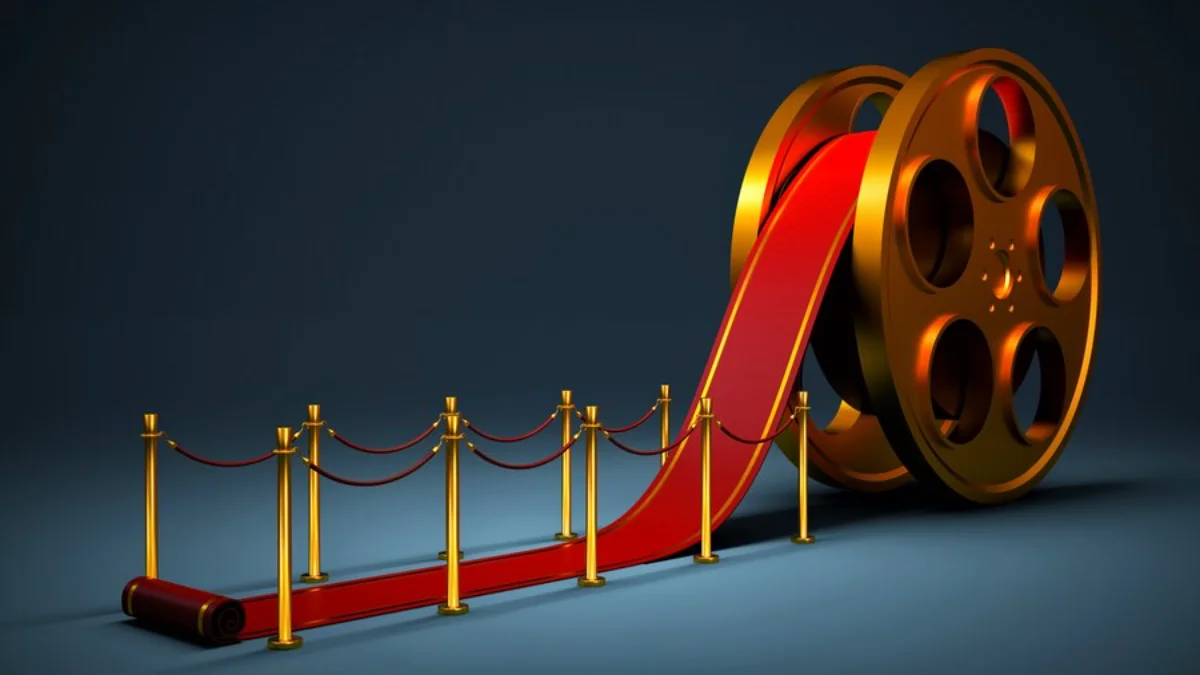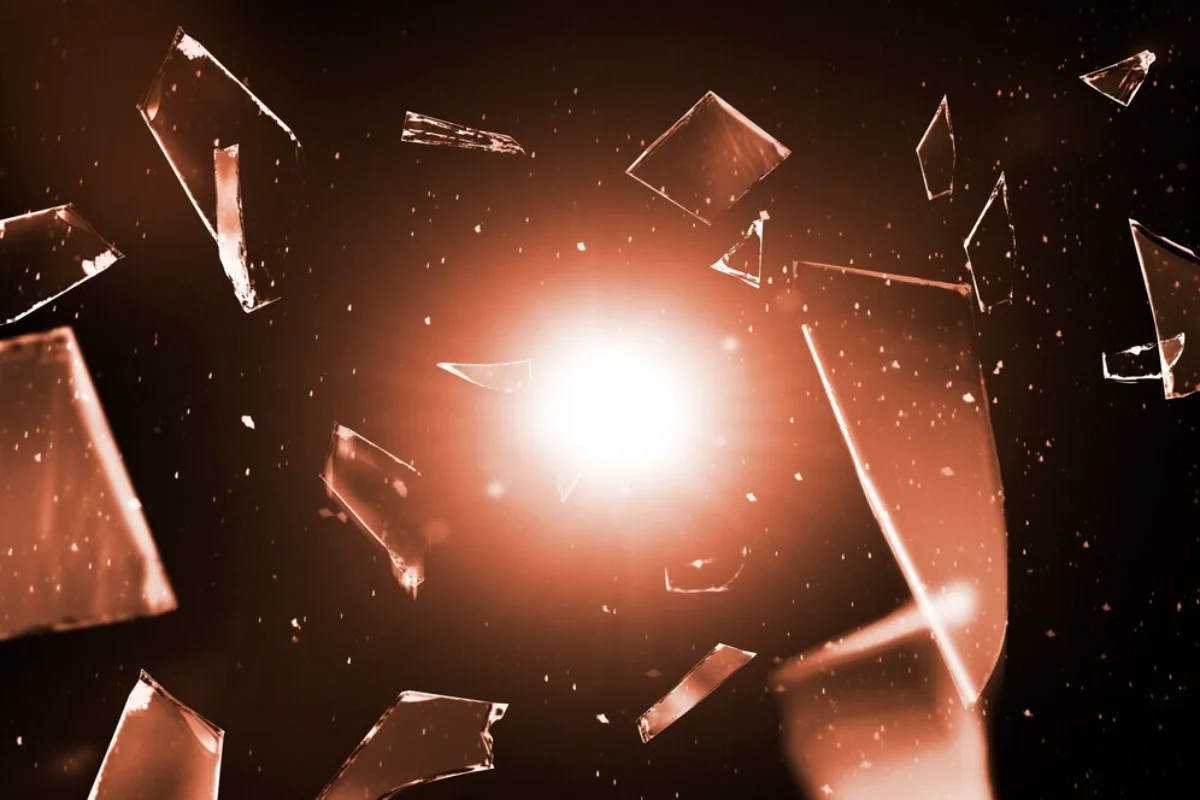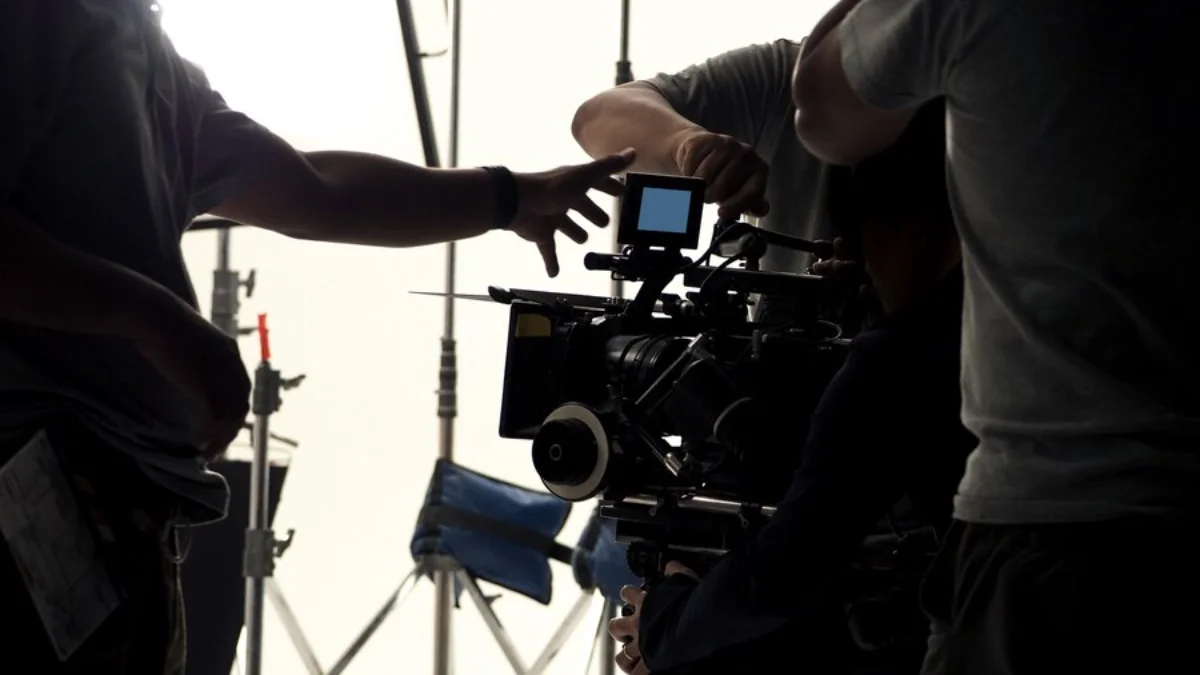How CGI Has Revolutionized Modern Filmmaking
CGI is synonymous with the magic of modern filmmaking. CGI creates unforgettable moments in contemporary cinema. It brings giant dragons to life, soaring over fantasy worlds. It also features thrilling superhero scenes and digitally young actors in historical dramas. It has revolutionised how filmmakers tell stories, allowing them to render their most insane flights of imagination on screen like never before.

30 Years of CGI in Movies: The Evolution of a Transformational Medium
CGI has changed how we tell stories in films. It has broadened the possibilities for what movies can be and what they should be.
In this post, we’ll examine how CGI changed filmmaking, explore special effects and their history in cinema, and finally, see how CGI has transformed the film industry over the long haul.

The Evolution of Special Effects: From Practical to Digital
The Early Days of Special Effects
Before CGI, movie-making extensively used practical effects to bring incredible scenes to life. Miniatures, prosthetics, matte paintings, and stop-motion animation were among the tools available to filmmakers. From King Kong (1933) to The Wizard of Oz (1939), classic films featured some of the most pioneering work in visual effects, using models, painted backdrops, and clever camera tricks to conjure fantastical worlds and creatures.
Practical effects were labour-intensive and needed great skill. However, there were limits to what could be done. These methods could take a lot of time and money. They also didn’t always provide the lifelike realism filmmakers wanted.
The Birth of CGI
The 1970s and 1980s started a filmmaking revolution, thanks to the rise of computer-generated imagery (CGI). The first significant use of CGI in the film occurred in Westworld (1973), which featured a simple CGI representation of a robot’s point of view. CGI became more visible with Tron (1982) and The Last Starfighter (1984). These films used digital effects to create vibrant, futuristic worlds.
However, Jurassic Park (1993) indeed marked the turning point for CGI in movies. Digital dinosaurs changed special effects forever. They blended seamlessly with practical elements, which transformed the industry. The film showed that CGI can boost visuals and create creatures and worlds we never thought possible. The visual effects team at Industrial Light & Magic (ILM) stretched technology’s limits. As a result, the film became a landmark in special effects evolution.

CGI’s Impact on Filmmaking
Creating the Impossible
CGI has changed filmmaking by making the impossible possible. Previously, directors were limited by practical effects and the constraints of physical space, materials, and time. CGI has removed many of these barriers, allowing filmmakers to create scenes, characters, and entire worlds that would be otherwise unachievable.
In The Lord of the Rings trilogy (2001-2003), CGI helped create the massive city of Minas Tirith. It also made actors look different sizes, like making Hobbits seem smaller than humans. Plus, it brought mythical creatures like Gollum to life. These effects blended so well with the live-action footage that viewers couldn’t tell where practical effects ended and CGI began.
Similarly, in films like Avatar (2009), CGI was used to create the entirely fictional world of Pandora and its inhabitants, the Na’vi. This entirely virtual world, combined with cutting-edge motion capture technology, created a new standard in visual storytelling, demonstrating just how much potential CGI had in bringing complex narratives to life.
Enhancing Realism and Detail
Another significant way CGI has impacted filmmaking is through its ability to enhance the realism of scenes and details. From incredibly realistic digital doubles of actors to high-definition simulations of water, fire, and explosions, CGI has enabled filmmakers to inject unprecedented detail into their work.
For example, films like Gravity (2013) and Interstellar (2014) showcased CGI’s ability to create hyper-realistic environments, whether in the vastness of space or the most minute details of a black hole. CGI provided the tools to depict complex scientific phenomena that were previously difficult, if not impossible, to capture with practical effects alone.
How CGI Changed Cinema Forever
Increased Creative Freedom for Directors
Before CGI, directors were often constrained by the physical limitations of sets, props, and actors’ capabilities. With CGI, these restrictions disappeared, allowing filmmakers to create nearly anything they could imagine. This creative freedom has allowed directors to tell more ambitious, larger-than-life stories that would have been impossible or far too expensive with practical effects alone.
Movies like Inception (2010), The Matrix (1999), and the Marvel Cinematic Universe (MCU) films are prime examples of how CGI can be used to create mind-bending action sequences and fantastical worlds that immerse the audience in a way practical effects never could.
The Rise of 3D and Virtual Reality
CGI also played a significant role in the rise of 3D films, adding a new layer of immersion and visual spectacle. Films like Avatar were pioneers in this field, combining cutting-edge CGI with 3D technology to provide a fully immersive viewing experience. As technology has advanced, integrating virtual reality (VR) and augmented reality (AR) into cinema has opened up even more possibilities for filmmakers, where CGI plays a key role in constructing these interactive worlds.
The Democratization of Filmmaking
While CGI was once a costly technology that only major studios could afford, advancements in software and hardware have made it more accessible to independent filmmakers. Today, CGI is no longer limited to blockbuster franchises but is also used by smaller filmmakers to bring their visions to life on a fraction of the budget. Software such as Blender, free and open-source, has allowed new generations of filmmakers to create high-quality CGI content and compete with bigger studios.
The accessibility of CGI has thus democratized filmmaking, allowing a more diverse range of voices and stories to be told, especially in the realm of independent cinema.
Case Studies: The Most Iconic Uses of CGI in Movies
Jurassic Park (1993)
Jurassic Park is widely regarded as the movie that showcased CGI’s true potential. The seamless integration of CGI dinosaurs with live-action footage set a new standard in the industry. The visual effects in Jurassic Park were so revolutionary that they won an Academy Award for Best Visual Effects, and they paved the way for CGI to become a mainstay in filmmaking.
Avatar (2009)
Avatar took CGI to new heights by creating realistic alien creatures and environments and revolutionizing motion capture technology. The movie’s stunning visuals and groundbreaking use of CGI earned it multiple Academy Awards and became the highest-grossing film of all time. Its use of 3D technology and CGI transformed the way films were made and viewed, making it a defining moment in cinematic history.
The Lord of the Rings Trilogy (2001-2003)
Peter Jackson’s epic trilogy is another prime example of CGI’s impact on filmmaking. The seamless blending of CGI and practical effects helped bring J.R.R. Tolkien’s world to life, from the massive battles to the intricate digital doubles of characters like Gollum.
Conclusion: A Revolution That’s Here to Stay
CGI has changed filmmaking, sparking creativity in directors. It allows for once unimaginable stories. This technology has changed everything from the early days of CGI to today. The Future of CGI in Filmmaking.
AI and Machine Learning Integration and Real-Time CGI Rendering have changed the way. Tell you views in the comment sections below.